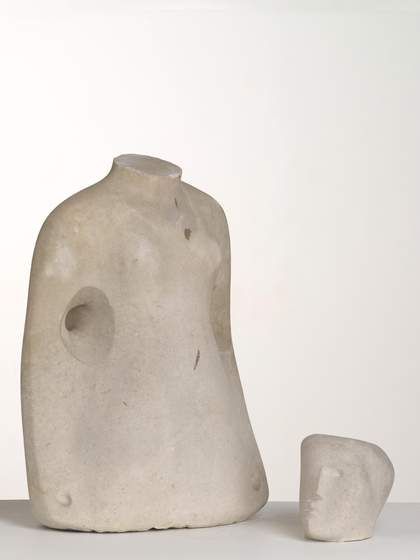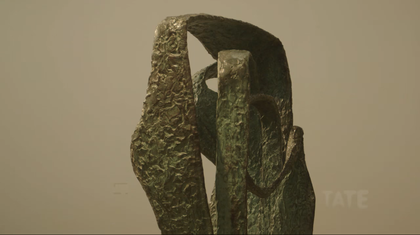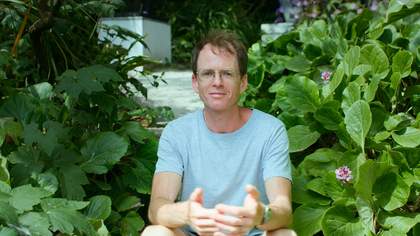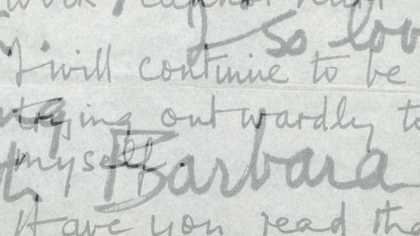Barbara Hepworth
I was born with the ideas of certain shapes in my mind, as far back as seven. The whole time one has been working, trying to simplify and make more mature, get the right scale, and develop it according to the development of society.
Sara Matson – Curator, Tate St Ives
Hepworth was a leading British sculptor of the mid-twentieth century, and her work was extraordinarily important in forging new ground in British art. In 1939 she came to St Ives with her young family. She had triplets with Ben Nicholson – again, an emerging British modernist – and stayed here for the rest of her life.
Barbara Hepworth
You know, England has usually been a very literary country, and a bit startled if it doesn’t have a story. Well, I like the story to be implicit in the work, and you make your own fantasy.
Sara Matson
By 1949, such was her practice that it was evolving and she had some major commissions. She really needed a new studio space. A good friend of hers, Marcus Brummell, saw that the summerhouses and studios from the large Victorian house up the hill were for sale. She acquired it, and much to her horror, it was far more than she had anticipated, but it gave her the space and light to work and develop her sculpture.
She worked with a composer, Priaulx Rainier, and they decided that they were going to develop this garden, and it was evolved very carefully. It is a sanctuary; it has an incredible peaceful feel about it.
Barbara Hepworth
It’s lovely to pick up a stone, and it’s lovely to live with a sculpture, because it changes in every possible light; all through the day, moonlight, artificial light – any light – it’s always changing.
Sara Matson
She died in a small fire in 1975 in the Trewyn studios. She had remained here since 1939 when she moved down with the family and Ben Nicholson, right up until her death. Hepworth’s son in law, who became the Director of Tate, Alan Bowness – they worked to place the garden with a flavour of its original planning. It has stayed very much the same as it was in the late seventies, you know, when it opened to the public.
Barbara Hepworth
Everything I make is to touch, and people usually do, which pleases me. And it’s very important to a sculptor, not just to go, sort of, ‘plonk’ up and look, because it changes all the time. So the real thing for people is to move with their bodies. If I’ve made them do that, then I’m very happy!





